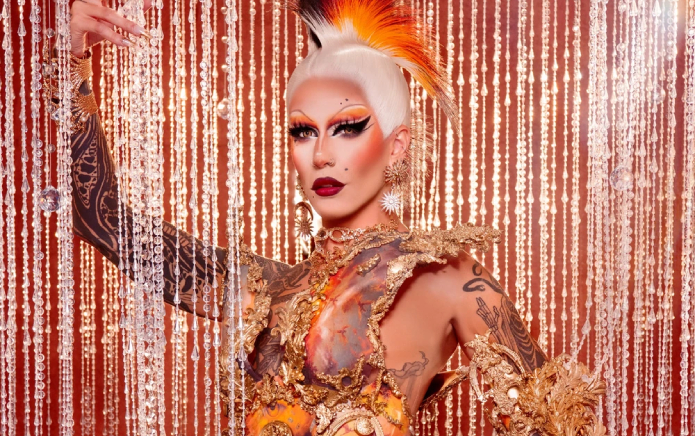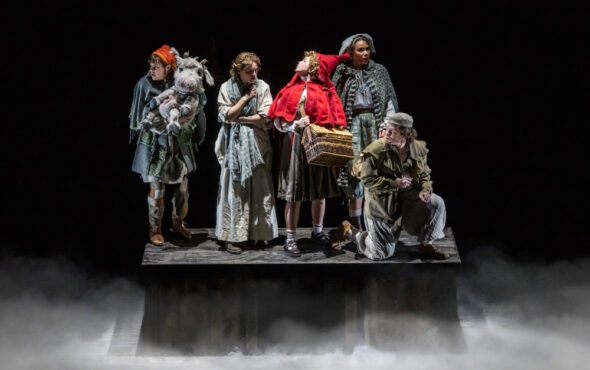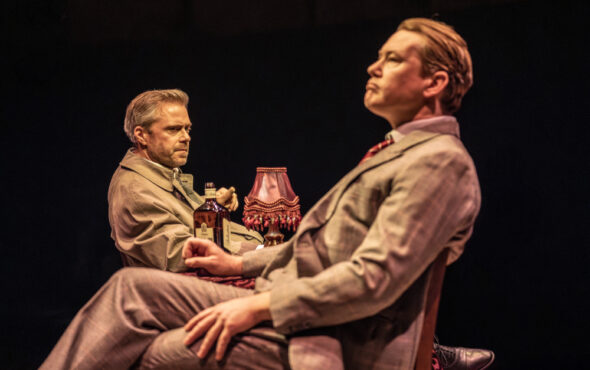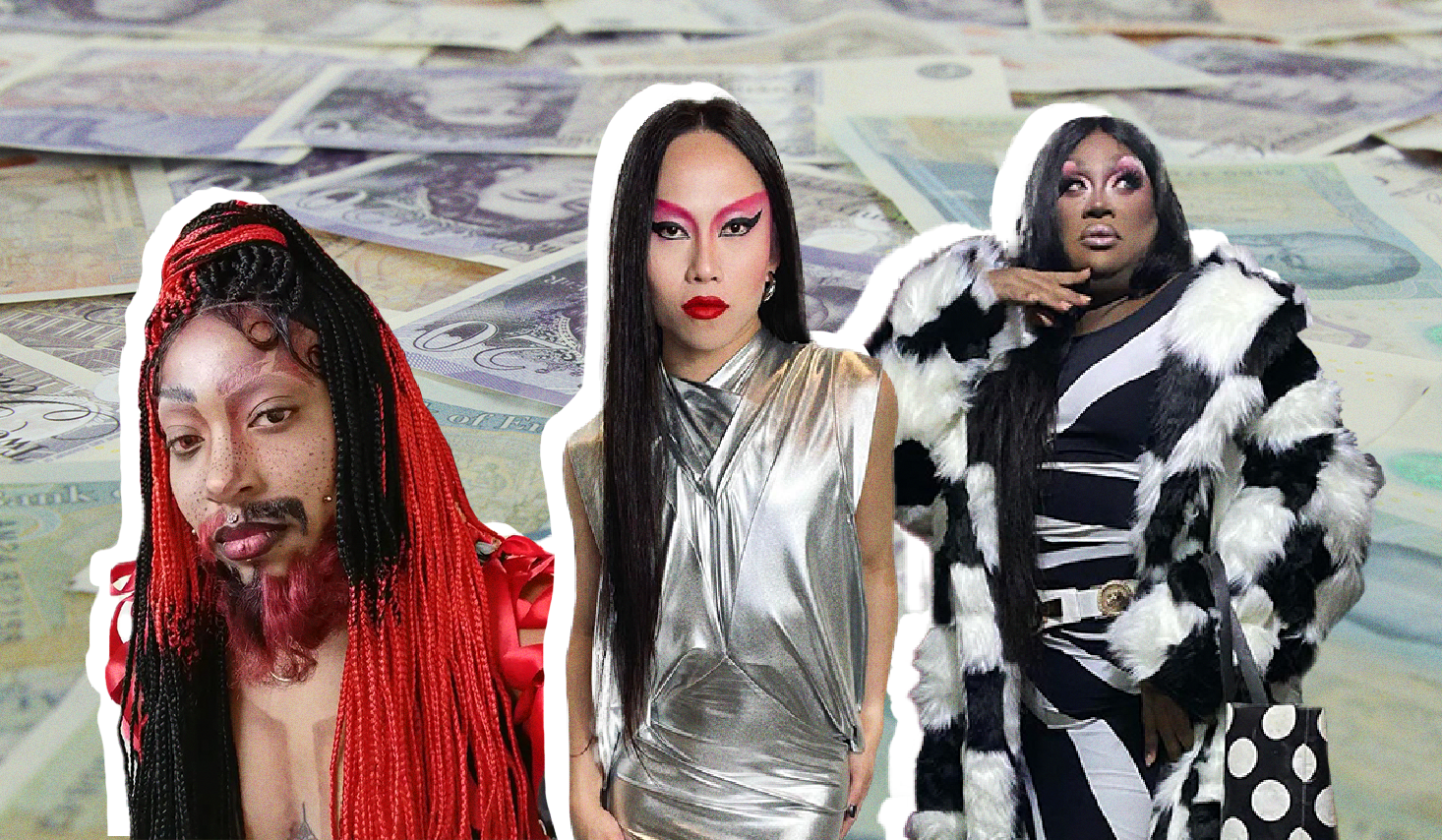
“My rent is due right now, and I don’t have the money to pay it,” Mahatma Khandi says. Based in East London and “as sweet as the curry sauce you get at McDonalds”, the ’90s-obsessed drag artist is currently awaiting six payments from various gigs to pay her bills, which have sharply increased in the last few months. “Honestly, queens have been living in a cost of living crisis since the dawn of drag,” she sighs.
The soaring prices of food, housing, household bills and practically every other aspect of life have embroiled us all in the cost of living crisis in some form or another. But for people like Mahatma, there’s an added pressure: the eye-watering expense of drag. It’s something we watch snowball with every series of RuPaul’s Drag Race, with more and more contestants spending thousands to compete on the show, mostly on runway looks. US season 10 alumni (and certified lip sync assassin) Kameron Michaels once said she spent more preparing for the show than on the deposit for her house.
But this growing financial burden – and subsequently, the expectation it sets – is now landing on the shoulders of drag performers up and down the UK, whether they’ve competed on the show or not. Paired with the rising cost of living, what does this mean for drag – a profession that relies on a revolving wardrobe of costumes, an endless supply of makeup, props and self-marketing, all of which can add up? GAY TIMES spoke to the UK’s drag artists to find out.
Everyone was raring to go out after the pandemic, but now people have less money to spend.
A standout from last year’s series of Drag Race UK, Le Fil won fans over with his bubbly personality and imaginative runway looks. “Once you’ve been on Drag Race, there’s this expectation that you have to be super polished,” he says. “But you’re often working with the smallest budget ever, so managing that expectation becomes difficult.” Ultimately finishing in seventh place and as a firm fan-favourite, Fil says that the cost of living crisis has suppressed the appetite for drag shows and that gig opportunities, even post-show, are fewer already.
“Everyone was raring to go out after the pandemic, but now people have less money to spend. If gigs aren’t as frequent or well paid, that trickles down and impacts how much I can spend on my drag,” he explains. Although Le Fil – who is a pop singer, sculptor and former Sink The Pink performer – is used to making his own outfits (sometimes out of clay and even rice), he points out that as an artist, everything comes out of the same money pot: from photography to graphics, costumes to transport. “One gig a week has to fund 20 people. It’s something we’ve always had to face, but it’s made harder with bills going up.”
Barriers, whether social, financial or political, are nothing new for drag artists. Their ingenuity has evolved drag from its 19th century beginnings to the cultural phenomenon that we know and love today, and performers will continue to use it as a vessel to express their creativity, entertain and make a statement, through good times and bad. But just because they’re used to hurdles doesn’t make the current situation any easier.
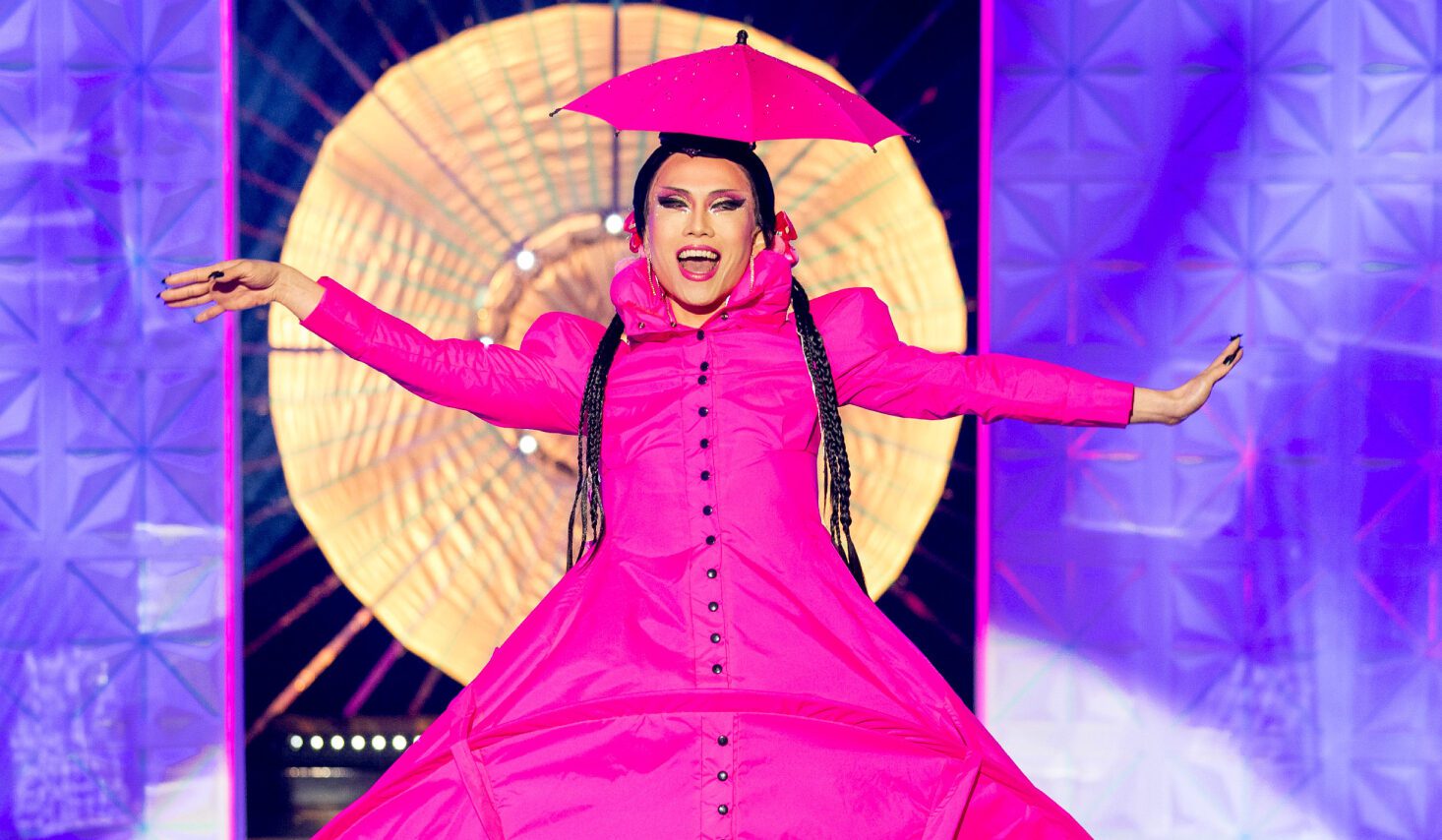
“Safety-wise, travel is something I’m very worried about at the moment,” Mahatma says. “I feel safe getting into a car in drag, but prices have shot up. So if the fee can’t match my travel plus some more – so I’m actually making money – I’ll have to turn down a gig.” Mahatma’s fears are not exactly unjustified: as hate crimes against the LGBTQ+ community – especially transgender people – reached an all-time high last year, it’s no surprise that public transport may not feel like the safest option. “Even in my circle of drag friends, access to medicine, hormones and job opportunities are all exacerbated because of the rising cost of life – especially for Black and Brown artists who are regularly overlooked for bigger jobs.”
Manly Mannington, a Bristol performer, argues that the playing field isn’t level for drag kings either, who often receive less pay than their queen counterparts for the same opportunities. Describing the cost of living crisis as “a hot mess”, Manly – whose style mixes their Caribbean and Native American heritage with their love of anime and nerd culture – has had to move back to Leeds because of Bristol’s housing crisis. They say that a lack of regulation means landlords are making potential tenants outbid each other, and they’re even asking for up to one year’s rent upfront. “I just gave up,” Manly sighs. “So many other artists are leaving because they can’t afford to live there either – finding a flat feels impossible.”
On top of travelling back and forth to run their own events in Bristol, they work full-time in a stressful community-facing job, fitting in drag when they can. While day jobs aren’t exactly a new phenomenon for drag performers, 16-hour days are leaving Manly feeling mentally exhausted on top of their worries about the crisis. “I’m burning myself out… I feel like everyone’s struggling right now. I don’t want to give up drag because I absolutely love it, but doing it full-time is just not feasible at the moment,” they say.
It’s really tough at the moment, and expectations are high because of how much drag has exploded over the last few years.
Best known for their campy impersonations of Velma, Frankie Bridge and that one bangle-loving teacher in school, Bailey J Mills has become a social media sensation with their self-proclaimed “affordable, crunchy” drag. Based in Manchester with a passion for all-things eBay, they say that the cheaper they’ve made their drag, the better the outcome has been. “For me, drag has always been about the entertainment factor rather than the look,” Bailey says. “But I still always make sure that I can get that cheeky discount, especially with those three-for-£7 wigs.”
Although Bailey may not spend shedloads on their wardrobe (“but if I do spend more on an outfit I’ll wear the shit out of it”), they say they’re feeling the squeeze in other ways. Despite making money on Cameo, in-person bookings have slowed down and they’ve had to limit how often they take gigs in London – where there are more opportunities – due to transport costs. To add to the pressure, Bailey is expecting a baby with their partner in the coming months: “It’s been really stressful because I need to be able to provide for them,” they say.
Bailey does credit the current situation with improving their creative skillset, however: “I’ve started stoning my corsets and costumes myself, and I’ve taught myself how to style lace-front wigs from YouTube,” they explain. They argue that fans and other performers shouldn’t look down on acts who are turning to cheaper alternatives, like fast fashion brands and charity shops, to craft their drag personas. “It’s really tough at the moment, and expectations are high because of how much drag has exploded over the last few years.”
Bailey’s right: today, drag is not only more visible, but more accessible than ever. Queens, kings and non-binary performers are flourishing in mainstream media, on world-class stages and on social media, ready to make us laugh, cry and gag to our hearts content. These artists do so much for the queer community and queer representation, but what needs to be done to support them? Not just to protect their livelihoods – but their basic human needs?
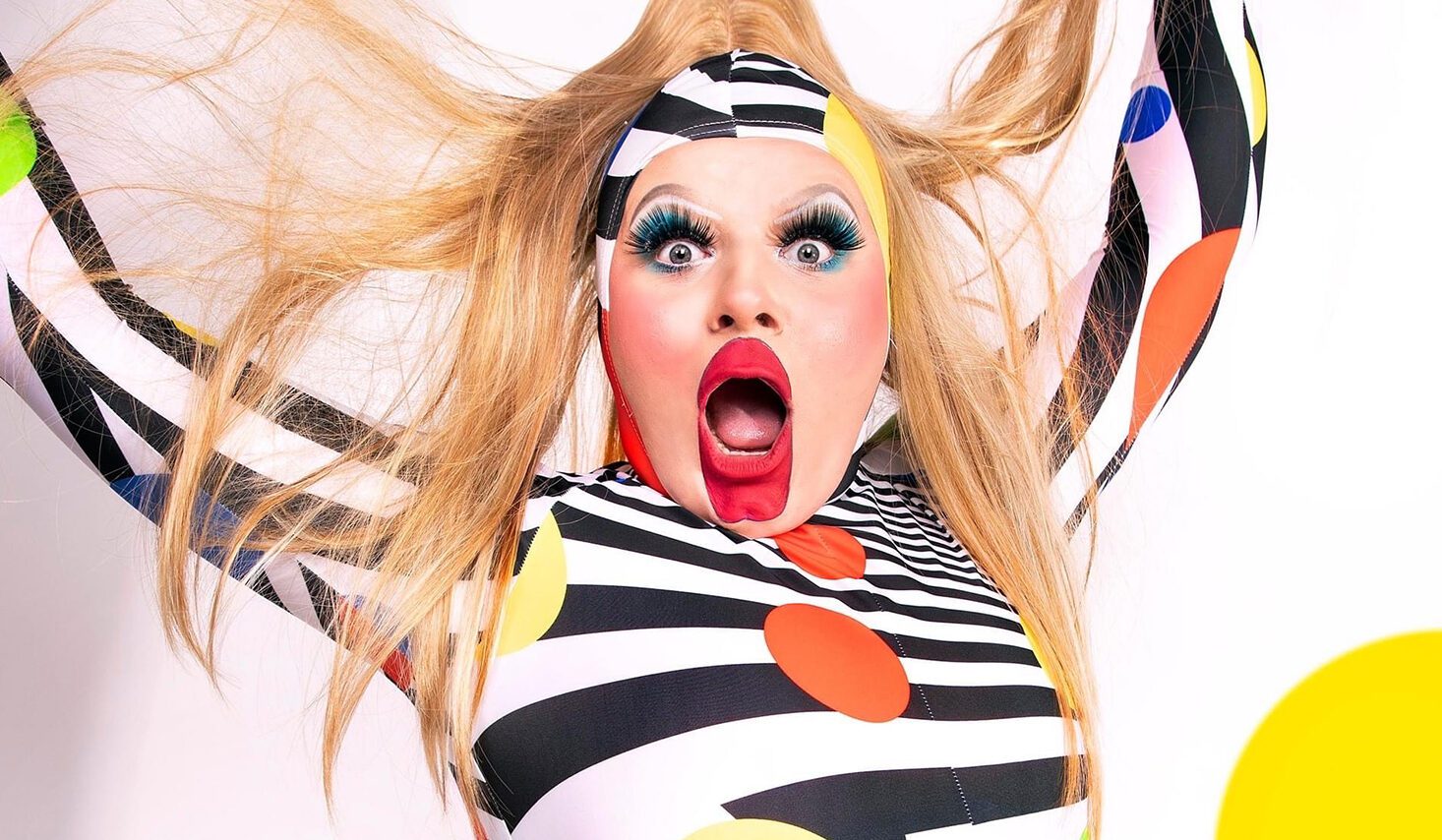
All the performers we’ve spoken to agree on one answer: drag artists need to be paid higher rates, and on time. “Don’t pay me in bar tabs and tokens, because those are not going to pay my rent,” Mahatma says. “I think too many people see performing as a hobby rather than a profession,” Manly adds. “But it is a job. Just look at the amount of skills we use honing our craft and keeping an audience entertained. We deserve to be paid properly for it.” In addition to reflective rates, they suggest the creation of a drag union and government schemes and grants to offer support.
A legacy of the government’s COVID restrictions, over the last few years brunches have proved popular for fans to watch and interact with drag performers, often overtaking more traditional cabaret and evening shows. In the States, tipping has been an integral part of live drag culture for decades, but the same can’t be said for the UK.
While Le Fil and Bailey stress the need for more opportunities outside of brunches and live shows, they both propose more inventive ways for fans who can tip, to tip – whether that entails passing a card machine through the crowd or giving out decorative notes for performers to cash in at the end of shows. “Although I do understand that it’s tricky to ask a queer audience to tip in a cost of living crisis, I’ve been there myself” Le Fil says. For punters unable to tip or attend shows, Mahatma urges them to promote gigs by their favourite drag performers – especially local ones – whether through sharing upcoming shows on social media or recommending them to friends. “The community needs to be there for each other at times like this.”
But ultimately, she reckons the UK’s drag performers will prevail.
“We’ve managed to survive through the toughest of times,” she laughs. “We’ll survive. When the world ends, there will still be cockroaches, there will still be Cher, and there will still be drag queens. I’m sure we’ll find a way to use a cockroach as a lash.”
